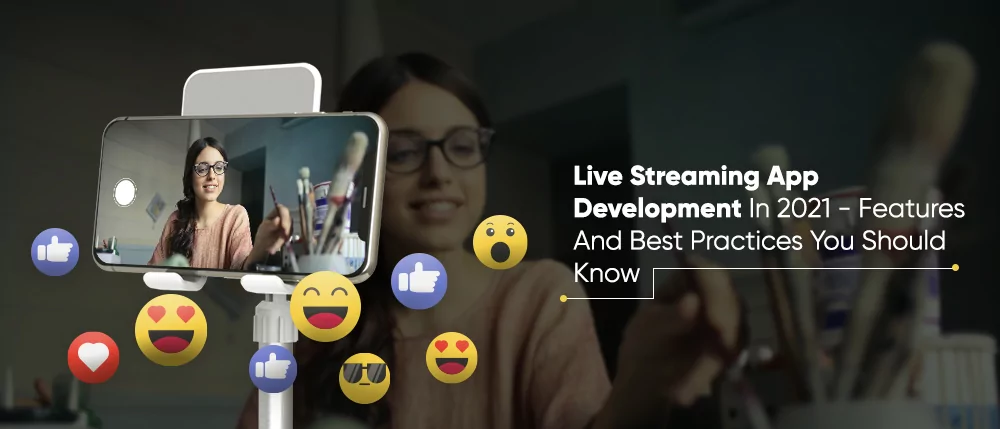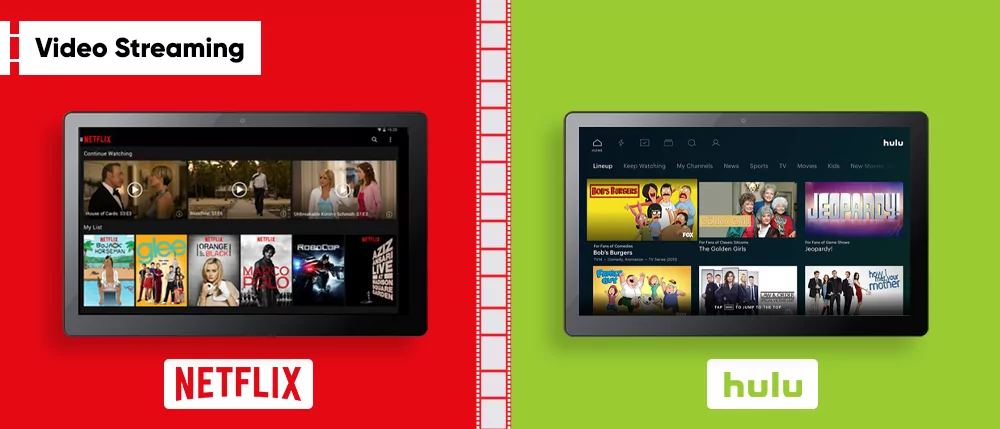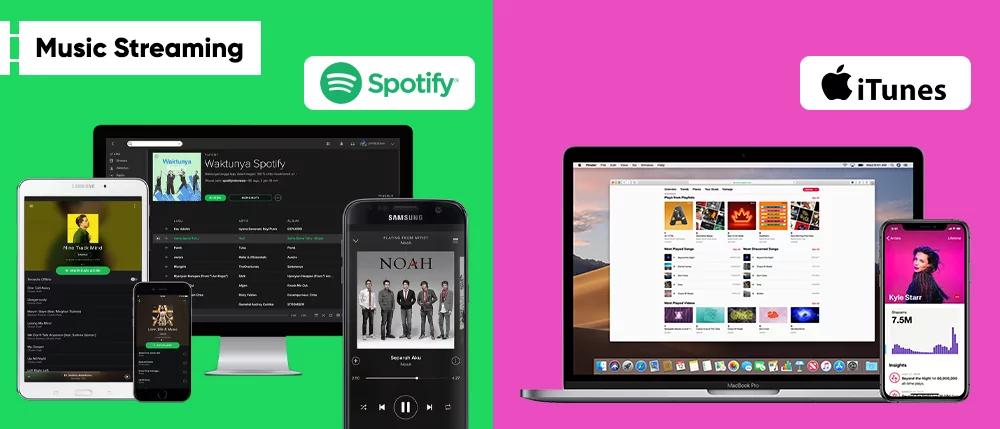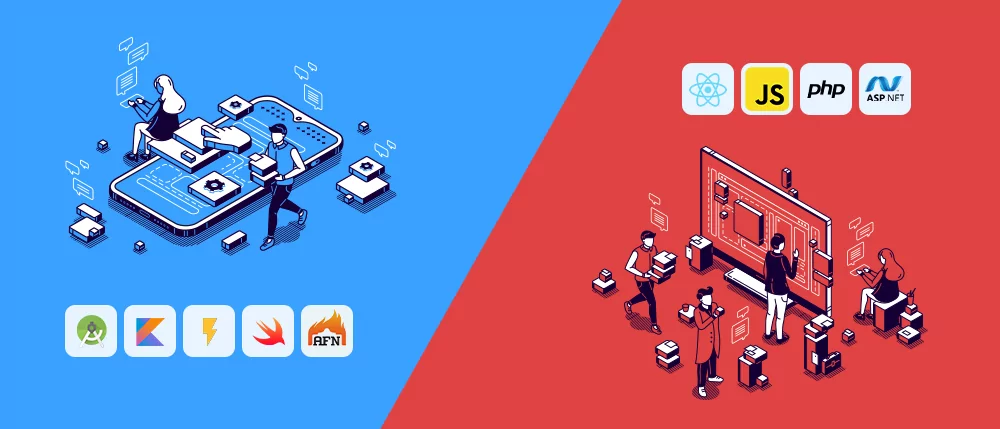-
solutinos
-
Hire
Frontend Developer
Backend Developer
-
NodeJS Developer
-
Java Developer
-
Django Developer
-
Spring Boot Developer
-
Python Developer
-
Golang Developer
-
Ruby on Rails Developer
-
Laravel Developer
-
.NET Developer
Technology
-
Flutter Developer
-
React Native Developer
-
Xamarin Developer
-
Kotlin Developer
-
Cross-Platform Developer
-
Swift Developer
-
MongoDB Developer
-
C Developer
-
Smart Contract Developers
Cloud
-
-
Services
Mobile Development
Web Development
- Work
-
Multi Services App
-
Food Delivery App
-
Grocery Delivery App
-
Taxi Cab Booking App
-
Multi Services App
-
OTT Platform APP
-
Social Media APP
-
Freelance Service App
-
Car Rental App
-
Medicine Delivery App
-
Liquor Delivery App
-
Sports Betting App
-
Online Coupon App
-
eLearning App
-
Logistics & Transportation App
-
Courier Delivery App
-
On-Demand Real Estate App
-
E-Wallet APP
-
Online Dating App
-
Handyman Services App
-
-
Process
-
Company

An average human is wired to a device for a major portion of the day. While on our way to work in our commute, at work when we're seriously working on a project, during breaks, on the way back home, at night before sleeping and more, we are all doing one of these activities at any given point of time -
- watching a video on YouTube or a social media platform
- listening to music
- or watching a movie or a documentary
These are the platforms that are here to take us away from whatever we are doing and going through to a place that is beautiful for a very short period of time. When watching a movie, a series or when listening to a song, we are transported to a place where our problems cease to exist. It's just our entertainment content and us. As humans, it is instances like these that keep us sane and going. And for that, we have to be grateful for the streaming platforms out there today.
Though this was from a consumer perspective, live streaming app development is a very lucrative business opportunity and niche from a business perspective. With the content war going strong and companies looking to get the attention of their users to their content and platform, we are just getting started with streaming applications. That's exactly why this is the most ideal time for live streaming app development to reach out to new consumers, retain existing ones and make profit.
So, if you have been thinking of launching an exclusive live streaming app, this is the post for you.
Today, we explore everything there is to know about streaming apps, their different types, their pros and cons, how to build one, factors to consider and more.
Let's get started.
What Is A Streaming Application?
The concept of streaming application is very simple. It is just your television or radio but on-demand. This means, you choose to listen or watch your preferred content on a platform at any time you want and from anywhere you want. A platform is required at the frontend to allow a user to choose the type of content one intends to experience. At the backend, there need to be elements like server, cloud architecture, data processing modules, recommendation engines, UI/UX, content and more for a seamless experience.
As far as live streaming app development is concerned, there are multiple types. Let's quickly explore what each is.
On-demand Streaming
Like we mentioned, on-demand is when you decide the time and content you want to watch according to your convenience and where you want to watch. There where is both the location and the device you decide to consume content on. Unlike conventional methods, one need not be glued to a home’s living room to watch television or listen to radio. We can now stream music and movies from wherever we are. On-demand streaming can be further classified into two -
- on-demand video streaming apps such as Netflix and Hulu, where you watch a range of audiovisual content like movies, series, documentaries and more

- and on-demand audio streaming apps such as Spotify, iTunes and more where you can stream only audio content such as songs and podcasts.

Obviously, music streaming app development is very different from video streaming app development because of the changes in consumer behavior, ways of access, consumption methodologies and more involved.
Live Streaming App Development
An exception to the on-demand streaming is live streaming. Here, an event or content from a creator is streamed live at a particular time specified by the creator or event. It is like your live television program that comes with an unchangeable time schedule. Consumers assemble virtually on a platform to consume the content.
However, a user is free to access the content from any device or medium without any constraints. Of late, live sessions of gaming channels, interactions and interviews of celebrities and even standup events happen online in the form of live streaming. With the advent of the global pandemic, live streaming app development is consistently proving to be profitable.
Immersive Streaming
Immersive streaming adds a layer of interaction and engagement in live streaming. If users were just passive consumers of content as far as other streaming types are concerned, they are partially active participants in this. Immersive live streaming app development could be as futuristic and complicated as AR (Augmented Reality) or VR (Virtual Reality) based experience, offering ultimate 360-degree views of a concert hall and real-time crowd reactions. Or it could also be as simple as live streams with actionable buttons to comment, donate money, share the experience with others and more.
Interesting Insights on Streaming Apps
- The video streaming giant Netflix acquired close to 28 million users in the pandemic alone.
- Within a year of its launch, Disney+ acquired over 87 million users across the globe.
- There are over 2 billion users active on YouTube every month.
- The streaming market is expected to be valued at around $187bn by 2027.
- Music streaming numbered to around 1 trillion in the year 2019 alone.
What Are The Essential Features Of A Streaming Mobile Application Development?
The contemporary streaming platforms are so seamless in their user interface that they make it absolutely seamless for us to use. Though they look and function in simple ways, tons of detailing have gone in at the backend. That's why we hardly face any issues in terms of searching and consuming content of our choice.
To deliver this experience to users, live streaming mobile application development has to be as airtight as possible. For that, these are the essential features that need to be included.
User Account
The fundamental, this is where everything begins. Users need to have an account to consume their preferred content. They need to signup or register on your platform with their social media or email credentials to ensure they are humans, to offer them personalized services in the long run, to collect payments and manage subscriptions and more.
Playback Options
The ability to control audio or video content through features like pause, resume, rewind, fast forward, start over and more is what truly makes a streaming platform on demand.
Device Independent Streaming
Live streaming apps are extremely popular because they offer users complete liberty in terms of content consumption. This means a user can stream content on a smartphone, tablet, laptop, personal computer, smart television and other applicable mediums. A step further, they can pause content on one device and resume it from the exact point on another device.
Quality Settings
Live streaming app development only requires an internet connection apart from a platform to stream. Because it is extremely data or connectivity dependent, a user is bound to lose data when consuming content. If the content is streamed on HD or 4K, the amount of data consumed is significantly higher. That's why live streaming apps come with an option to modify quality settings that users can use. With this, they can control the quality of their stream based on their internet connection.
Profiles Management
It's not always one single person using a streaming app. Often, an account is shared by an entire family or friends of four or more. In such cases, it becomes extremely difficult for an algorithm to personalize content based on consumption. While one would prefer crime thrillers, another could binge on animated movies.
For personalized recommendation, profiling becomes inevitable. With this, every user can have their own distinct profiles and consume content. Recommendations, stream lists and other elements will be maintained separately for each profile user.
Social Sharing
The social animals we are, we all love to share something we like to our friends and family. Sometimes, a song could instantly remind us of someone or we could even share a feel-good movie to uplift the spirit of a friend. In such scenarios, social sharing becomes significant. With this feature, we could share the link of the content to someone on messages, email, social media channels and other mediums.
Other Crucial Features
Apart from these, live streaming app development should also have the following features
- Subtitles or captions
- engagement buttons
- Fullscreen options
- viewing angles
- aspect ratio modifications
- night mode
- sleep timer and more
The Steps Involved In Live Streaming App Development
To give you a heads up, building a streaming application is a strenuous process. Tons of factors have to be considered and the market conditions have to be extensively studied to standout from the crowd. However, to offer you detailed insights on live streaming app development, we have compiled some steps. Check them out.
Define Your Purpose And Vision
Deciding to launch a streaming app is good but how profitable and effective it would turn out to be depends on the type of streaming app you intend to roll out.
- Will you be launching a on-demand video streaming app or an audio streaming app?
- Will it have immersive features like we discussed?
- Or, are you planning to roll out super-niche streaming app like podcast-only streaming apps?
Depending on your goal, the development process, budget and other factors will get influenced.
Assemble Your Team
Your team is your primary strength. Live stream app development is not just about technical aspects like platform development, machine learning algorithms, recommendation engines and more. In fact, it is more about marketing strategies, sourcing content and artists, curating content, promoting them and more. So, assemble the right people for your tasks. From project managers and developers to influencers, on board the best ones.
Decide Your Infrastructure
Streaming apps are extremely infrastructure reliant. Billions of hours of data have to be maintained on cloud servers and every piece of content should stream seamlessly regardless of how many users access it at the same time. Besides, there shouldn't be any lag in streaming, pixelations, compromise in quality and more. That's why choosing your tech infrastructure becomes inevitable. From cloud servers to the tech stack you deploy for platform development, everything matters.
To give you an idea of the tech stack you need, here's a quick runthrough.

For Smartphones
- Android Studio
- Java/Kotlin
- Bolts
- Swift
- AFNetworking
For The Web
- ReactJS
- JavaScript
- PHP
- NET and more
Development Phase
This is where you work on the user interface of your platform and take care of challenges in retrieving and streaming data across the world. At this point, aspects on content personalization and the incorporation of convenient features we discussed should also be worked on. However, the most important aspect to focus on is cybersecurity. As streaming apps are rich with user data, confidentiality should be maintained at all times.
Monetization Strategies
Live streaming mobile application development involves money and expenses and you need an effective monetization structure or business model for the most effective RoI. As a business owner, you have a few tried and tested strategies in hand. These include -
Subscription models – where users pay a monthly or an annual fee to use your services. They pay you because the content you curate and offer is entertaining, resourceful and impactful.
Advertisements – where you offer your app for streaming for free but show your users frequent advertisements while they are watching their favorite movie or listening to a podcast. The benefit with this model is that you could plugin your subscription packages for consumers who want to do away with commercials and have an ad-free experience.
Crowd-funding – where you directly source revenue from your listeners or viewers and dedicate your time to creating content for them. For instance, live stream gaming channels.
Wrapping Up
Live streaming app development is a very interesting project to venture into that is also lucrative. The brainstorming and market analysis involved makes the process exciting as well. If you are at the verge of deciding on starting a streaming application, let us remind you that you need solid tech infrastructure and tech stack. These are the elements that could make or break your ambition.
That's why we recommend getting in touch with us for all your live streaming app development needs. We have years of experience developing streaming apps and our market understanding is like no other.
Reach out to us today.



